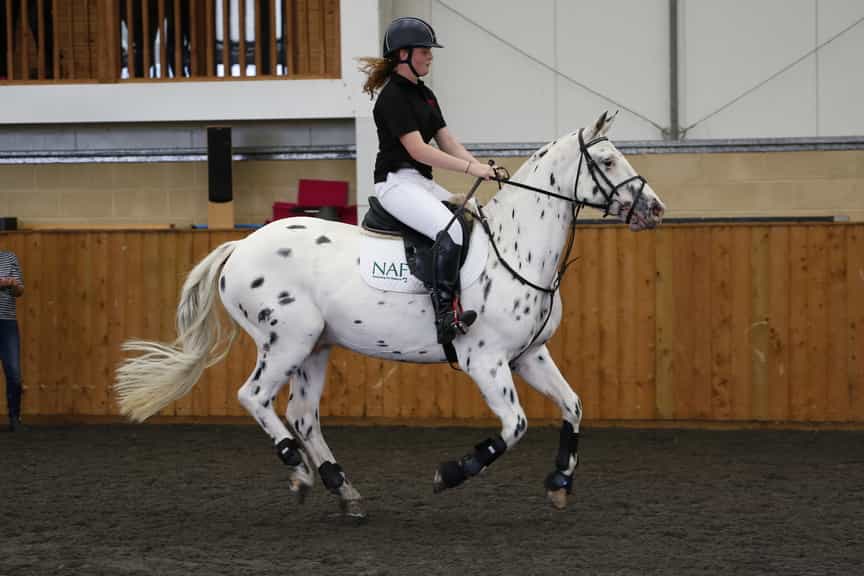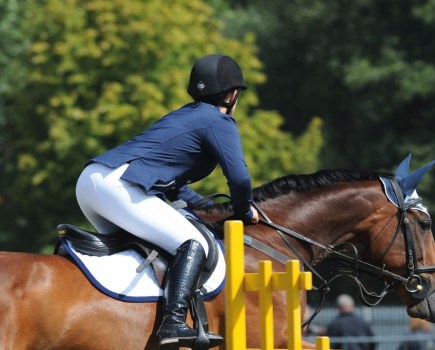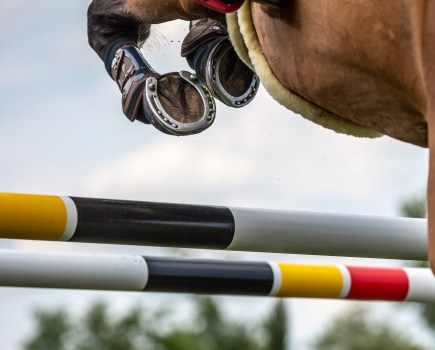Approaching jumps correctly with your horse is an important part of making sure you go clear. Here, show jumper Geoff Luckett explains a simple exercise to perfect your position on your approach to a jump.
This exercise really helps to keep your horse central, so you can concentrate on your approach and position before attempting more difficult fences.
“A good approach is key and will help you get in the right position over the jump,” explains Geoff. “Your horse needs to have an even, bouncy canter as this will give him the power to propel himself over the fence.
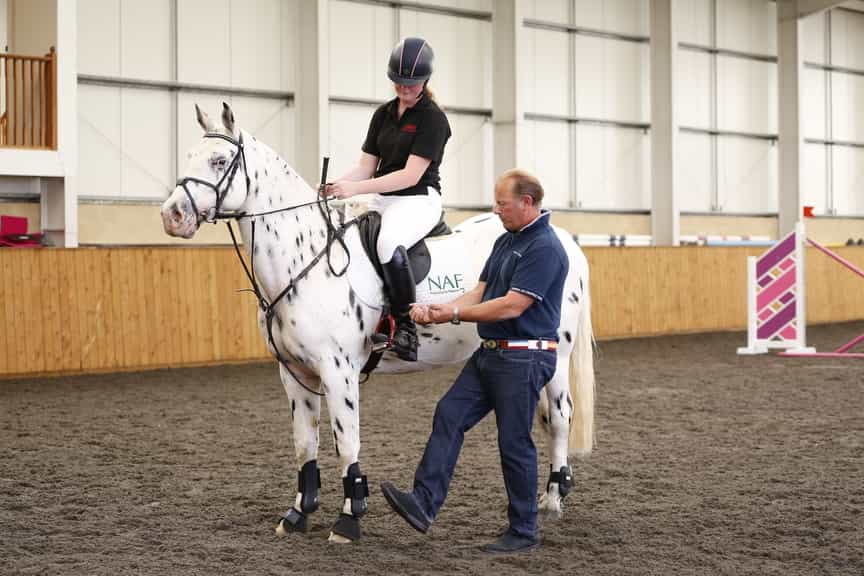
Geoff explains the perfect position for approaching fences
“A common mistake many riders make is to lean forwards too much and throw everything out the front,” says Geoff. “Instead you need to sit up until the last minute. You want a little bit of contact at the take-off point, pushing your horse between your hand and leg.
“This will give your horse the confidence and belief that you’re going over the fence.”
How to set up the exercise
Place a canter pole in front of your fence to encourage your horse to think about the jump and power off the floor, giving you a positive take off.
The distance of the canter pole from the fence will depend on the stride of your horse, but 3m away is a good place to start.
How to ride the exercise
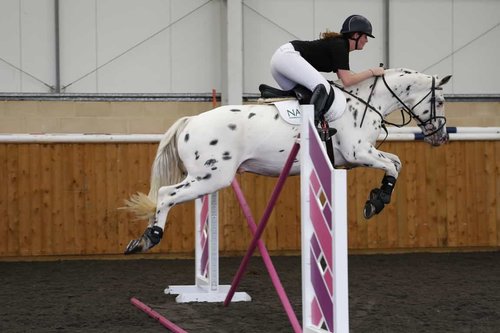 STEP ONE
STEP ONE
Your approach is key to how well you’ll tackle the jump. Sit up straight and push from your set.
STEP TWO
Collect your horse’s canter and keep an even rhythm – don’t let him rush you. By collecting the canter, you bring more of his weight and power into his hindquarters, allowing him to push off the floor and over the fence.
STEP THREE
At the point of take off, keep a little bit of contact with your hands to give your horse confidence, and encourage him with your leg.
Don’t throw yourself forward as he’ll lose the support from you and may lack the courage to jump.
STEP FOUR
Fold forward over the fence with a fluid movement so you’re sat up again in time for landing, with enough contact ready to go for the next jump.

